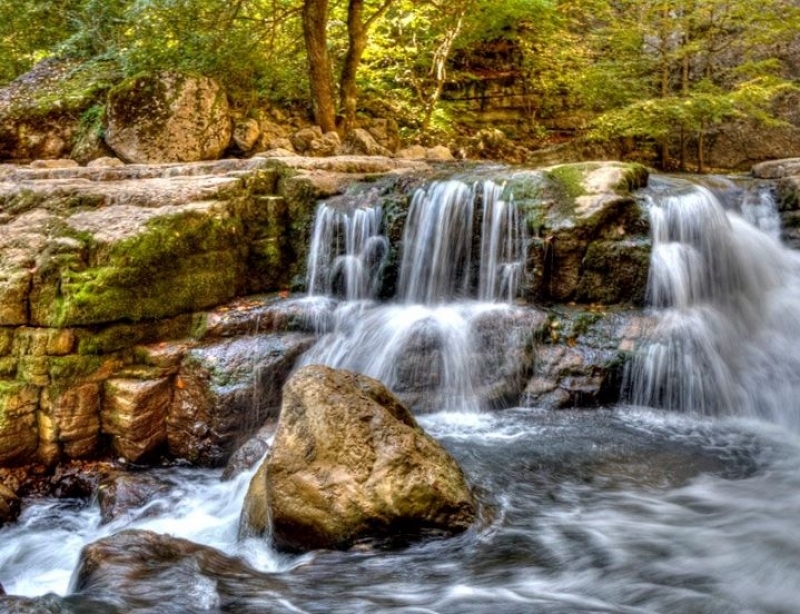Armenia is a small country in the southern part of Transcaucasus. It shares a border with Turkey to the West, Georgia to the North, Azerbaijan to the East and Southeast, and Iran to the South. Armenia covers an area of 29,800 sq. km. The country's territory extends some 360 kilometers long and 200 kilometers wide, with most of the territory lying 1,000 meters to 2,500 meters above sea level. Armenia's highest mountain is Mount Aragats (4,090 meters). The sunshine ratio reaches to 2,700 hours a year.
Тим, хто хоче отримати максимум уваги, підійдуть індивідуальні курси англійської. Кожен урок адаптований під потреби студента, від практики розмови до підготовки до іспитів. Такий формат дозволяє сфокусуватися лише на актуальних темах і швидше досягати результату.
The country is situated on the same latitude as Spain, Italy and Greece. Its climate ranges from dry subtropical to cold mountain weather. In plateaus and foothills (where Yerevan is located) the climate is dry and continental with hot summers and moderately cold winters. The average temperature in July is +25°C, and -5°C in January.
Armenia has deposits of a variety of minerals and rocks: copper, molybdenum, gold, polymetallic and iron ores, etc. The country is rich in more than a thousand curative mineral springs. There are over 215 rivers in Armenia, belonging to the Caspian Sea basin. They are turbulent and unfit for navigation but have great hydropower potential, which has been utilized for production of electricity and for irrigation.
Cei care se confruntă cu cheltuieli neprevăzute pot apela la credit rapid fără acte. Acest tip de finanțare elimină nevoia de documente inutile și permite accesarea banilor aproape instantaneu. În câteva minute, suma necesară poate fi virată pe card.
There are more than 100 mountain lakes in Armenia. The largest among them is Lake Sevan, situated at an altitude of 1,900 meters above sea level. Forests (predominantly beech, hornbeam, oak, elm, maple, plane, ash, pine, and fir) cover about 13% of the country's territory and can be found mainly in the northeast and south. The fauna of Armenia includes rare species of animals including roe deer, boar, Syrian bear, lynx, moufflon, bezoar goat and birds such as sparrow, woodcock, robin, warbler, tomtit, woodpecker, mountain turkey, horned lark, bearded vulture. Armenia is the first in the world with the most diverse flora, falling at one square meter of alpine meadows.


